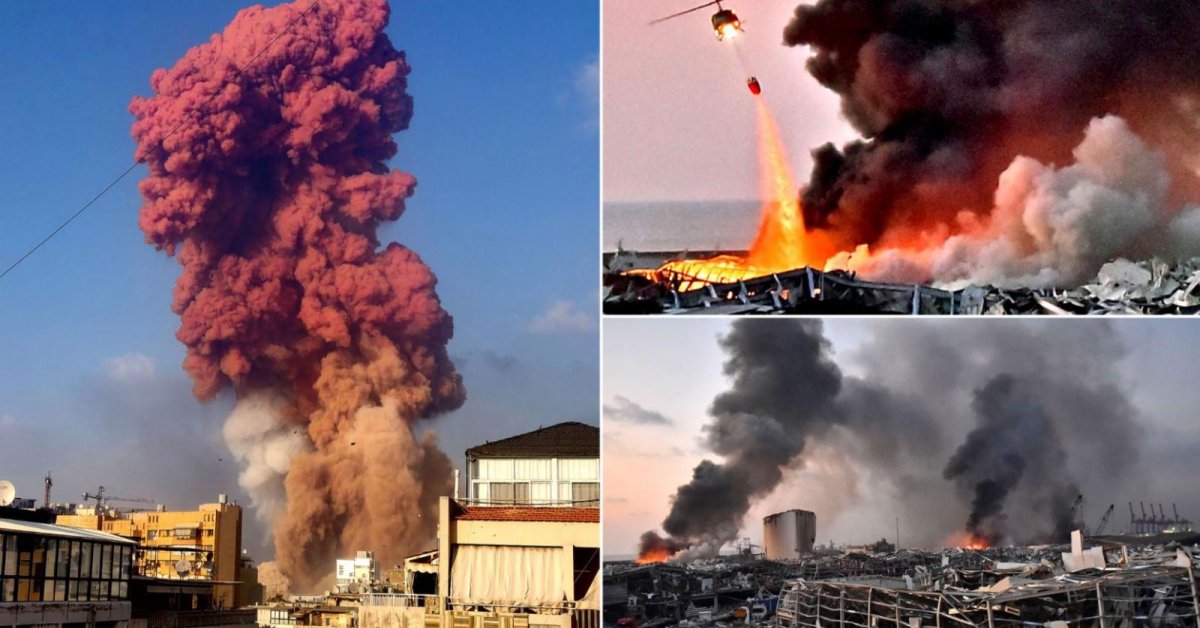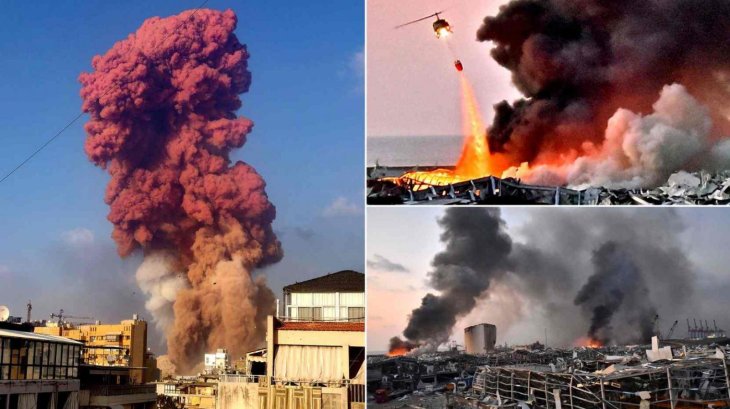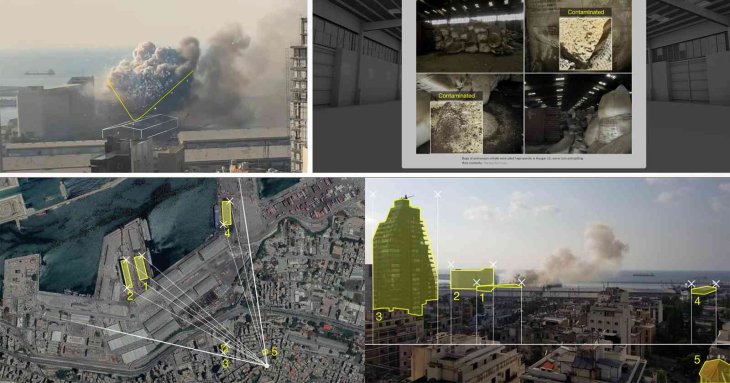Forensics Researchers Used Social Media Videos To Show What Caused The Beirut Explosion That Killed 200 People
Dhir Acharya - Nov 25, 2020

On August 4, the world learned about one of the most devastating explosions in Beirut that killed more than 200 people and injured over 6,500 more.
- Chennai Is Storing 690 Tons Of The Same Chemical That Caused Lebanon Explosions, Are We In Danger?
- Satellite Images Show The Terrifying Aftermath Of Beirut Explosion
- [Update] Horrific Lebanon Explosions Killed At Least 78 People, Injured 4,000 More Within Minutes
On August 4, the world learned about one of the most devastating explosions in Beirut that killed more than 200 people and injured over 6,500 more. But the worst thing about this unfortunate incident is that it could have been prevented easily. Forensics researchers have used videos on social media about the event to reconstruct the explosion, including the negligence leading to the tragedy.

Before there were had smartphones and social media, it was very complicated to determine the cause of events like this. At the time, forensics researchers might have obtained occasional traffic videos or security videos to dissect the event, but they had to mostly use the detailed aftermath analysis, including the resulting damage and debris. They then had to match it with knowledge of explosives to figure out what caused the explosion.
On August 4, within minutes after the explosions, social media users shared a lot of videos on Facebook and Twitter via their smartphones. Therefore, the world quickly saw what happened, but more importantly, they helped the Forensic Architecture group from the University of London reconstruct the cause of the horrifying blast.
They shared their findings in a 12-minute video, using random clips taken around the city and reconstructed the entire event including the smoke plumes and blast, among other things. However, it could only confirm what we had suspected before.
In October 2014, 2750 tones of a high-nitrogen fertilizer called ammonium nitrate were unloaded at the docks then stored in a warehouse nearby. In the following years, several reports had warned of the safety risks posed by the explosive load. In February 2015, a chemical forensics expert filed an alarming report that found 70 percent of the load had been torn open, and the material even spilled out.
From reports as well as photos shot inside the building, the explosive material was stored together with 23 tons of fireworks, 5 rolls of slow-burning detonating cord, and more than 1000 rubber car tires. Engineering experts and forensics researchers revealed that the warehouse’s contents created a bomb that waited to go off.

During the investigation, the forensics researchers developed 3D models of the warehouse, the smoke, the blast, and parts of Beirut, using details from videos taken from several perspectives. As of now, it remains unclear how the explosion got so severe but the new research is expected to assist new safety guidelines on handling and storing such materials along with new methods of accountability.
We also hope that the next time when red flags are raised, proper actions will be taken immediately and seriously to avoid heartbreaking consequences.
Featured Stories

Features - Jul 01, 2025
What Are The Fastest Passenger Vehicles Ever Created?

Features - Jun 25, 2025
Japan Hydrogen Breakthrough: Scientists Crack the Clean Energy Code with...

ICT News - Jun 25, 2025
AI Intimidation Tactics: CEOs Turn Flawed Technology Into Employee Fear Machine

Review - Jun 25, 2025
Windows 11 Problems: Is Microsoft's "Best" OS Actually Getting Worse?

Features - Jun 22, 2025
Telegram Founder Pavel Durov Plans to Split $14 Billion Fortune Among 106 Children

ICT News - Jun 22, 2025
Neuralink Telepathy Chip Enables Quadriplegic Rob Greiner to Control Games with...

Features - Jun 21, 2025
This Over $100 Bottle Has Nothing But Fresh Air Inside

Features - Jun 18, 2025
Best Mobile VPN Apps for Gaming 2025: Complete Guide

Features - Jun 18, 2025
A Math Formula Tells Us How Long Everything Will Live

Features - Jun 16, 2025
Comments
Sort by Newest | Popular